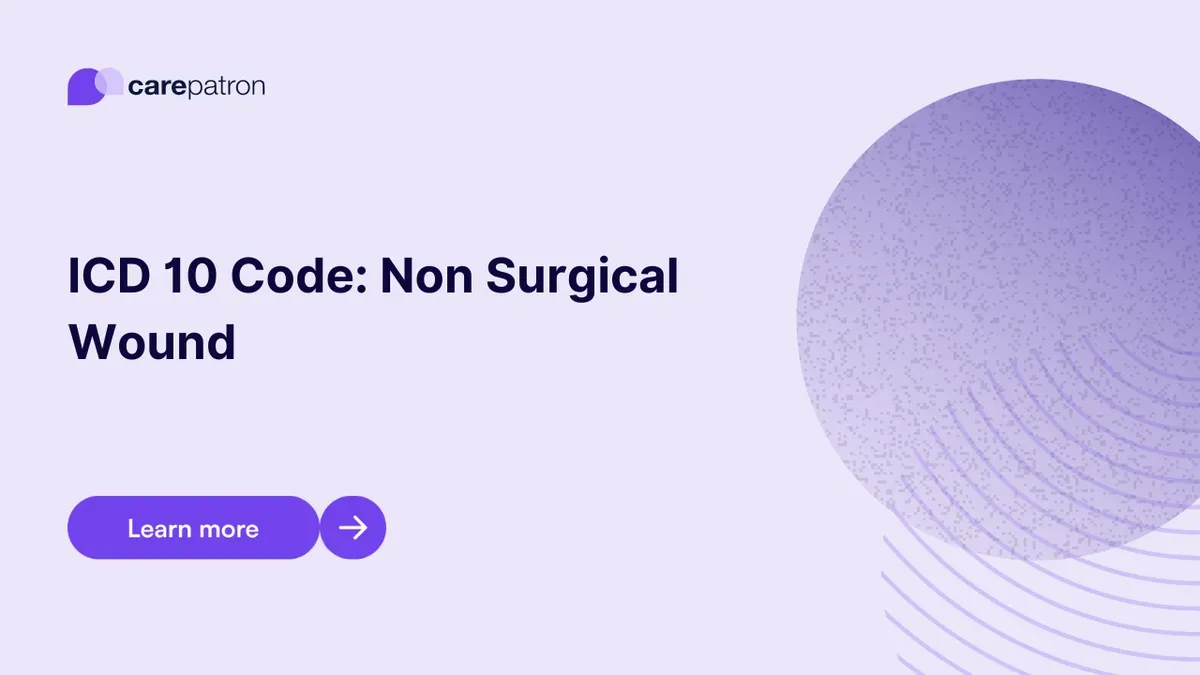What Non Healing Surgical Wound ICD-10 codes can I use?
If you’re looking for Non Healing Surgical Wound ICD codes, you might have trouble looking for some because there are no ICD-10 codes that mention non-healing surgical wound in their names. That doesn’t mean there aren’t any, though!
The ICD-10 codes for Non Healing Surgical Wounds that you’re looking for are:
- T81.89XA - Other complications of procedures, not elsewhere classified, initial encounter
This ICD-10 code is meant to be used on complications of surgical procedures that don’t have specific ICD-10 codes. Non-healing surgical wounds don’t have specific ICD-10 codes, so this code can be used for patients confirmed to have non-healing surgical wounds.
This comes with the initial encounter label. This means the patient receives active treatment for their non-healing surgical wound(s).
- T81.89XD - Other complications of procedures, not elsewhere classified, subsequent encounter
This is the same as Item 1, but this time, there’s a subsequent encounter label. This label means the patient is recovering from the problem (non-healing surgical wound, in this case), and they’re still being given active/routine treatment.
- T81.89XS - Other complications of procedures, not elsewhere classified, sequela
This is the same as Item 1, but there’s a sequela label this time. This label means the patient is dealing with the aftereffects of the problem. Given this, this ICD-10 code should be accompanied by two other ICD-10 codes, one of which should designate the sequela’s nature, while the other should describe the sequela (meaning its effects).

